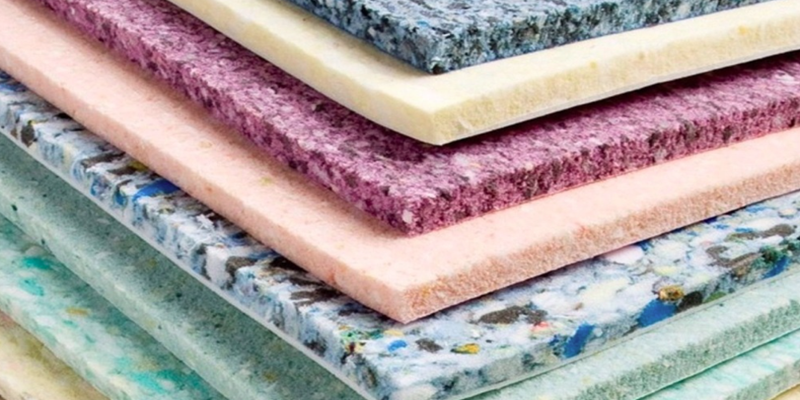Polyurethane flexible foams are widely used in various industries due to their softness, durability, and versatility. The role of polyurethane catalysts in the production process is critical for achieving desired properties like pore uniformity, resilience, and enhanced adhesion. Two specific catalysts, MXC-BDMA and MXC-70, demonstrate the importance of carefully chosen catalysts in flexible foam formulations.
1. MXC-BDMA (CAS 103-83-3) – Benzyl Dimethylamine Catalyst
MXC-BDMA is a widely used catalyst in polyester polyurethane bulk soft foam, polyurethane rigid foam, and sheet and adhesive coatings. While it is mainly applied in rigid foams, it has notable benefits in flexible foam production:
- Early Fluidity: MXC-BDMA ensures excellent early fluidity, allowing the polyurethane mix to flow smoothly into molds and cavities, which is crucial for flexible foam applications.
- Uniform Pores: The catalyst contributes to the formation of uniform, well-structured foam cells. Uniformity in cell structure is essential for achieving consistent foam properties such as cushioning and resilience.
- Adhesion Enhancement: For applications requiring the foam to bond to a substrate, MXC-BDMA improves adhesion, ensuring a stable and durable product.
2. MXC-70 (CAS 1739-84-0) – Amine-Based Catalyst
MXC-70 is another versatile catalyst, mainly used in rigid foam formulations but with significant advantages in flexible foam production, particularly in high resilience (HR) flexible foams and ester-based blocks:
- Curing and Brittleness Improvement: This amine-based catalyst enhances the curing process, reducing brittleness in the final product, making the foam more flexible and less prone to cracking.
- Green Strength Enhancement: MXC-70 also improves the foam’s green strength, providing better handling during the early stages of production. This property is especially beneficial for flexible foams used in automotive and furniture applications, where durability is crucial.
- Application Flexibility: The catalyst works well with carbonized polyester and ester-based formulations, offering flexibility in the production of high-performance flexible foams.
This article can explain how both catalysts optimize foam performance, highlighting their impact on uniform cell structure and enhanced durability, which are critical for end-use applications like furniture, bedding, automotive seating, and insulation.
Post time: Jan-07-2025

